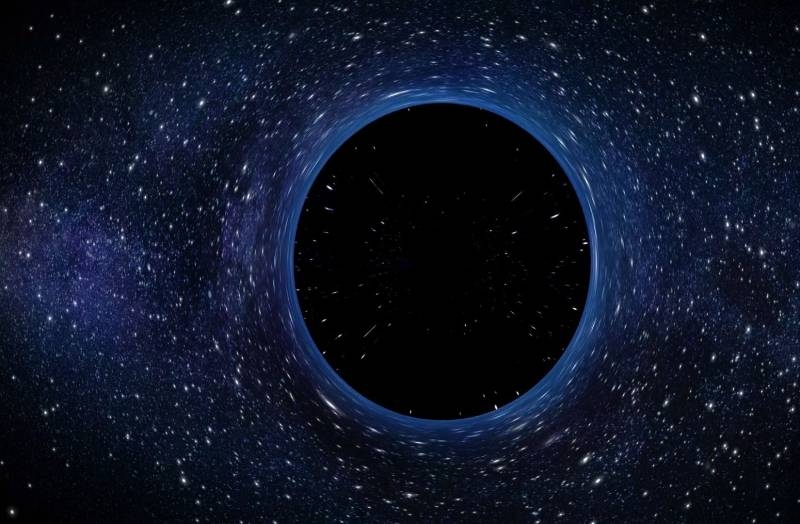Scientists set to unveil first picture of a black hole
The world, it seems, is soon to see the first picture of a black hole. On Wednesday, astronomers across the globe will hold “six major press conferences” simultaneously to announce the first results of the Event Horizon Telescope (EHT), which was designed precisely for that purpose.
It has been a long wait. Of all the forces or objects in the Universe that we cannot see -- including dark energy and dark matter -- none has frustrated human curiosity so much as the invisible maws that shred and swallow stars like so many specks of dust. Astronomers began speculating about these omnivorous “dark stars” in the 1700s, and since then indirect evidence has slowly accumulated.
“More than 50 years ago, scientists saw that there was something very bright at the center of our galaxy,” Paul McNamara, an astrophysicist at the European Space Agency and an expert on black holes, said. “It has a gravitational pull strong enough to make stars orbit around it very quickly -- as fast as 20 years.” To put that in perspective, our Solar System takes about 230 million years to circle the center of the Milky Way.
Eventually, astronomers speculated that these bright spots were in fact “black holes” -- a term coined by American physicist John Archibald Wheeler in the mid-1960s -- surrounded by a swirling band of white-hot gas and plasma. At the inner edge of these luminous accretion disks, things abruptly go dark.
“The event horizon” -- a.k.a. the point-of-no-return -- “is not a physical barrier, you couldn’t stand on it,” McNamara explained. “If you’re on the inside of it, you can’t escape because you would need infinite energy. And if you are on the other side, you can -- in principle.”
Related Posts

